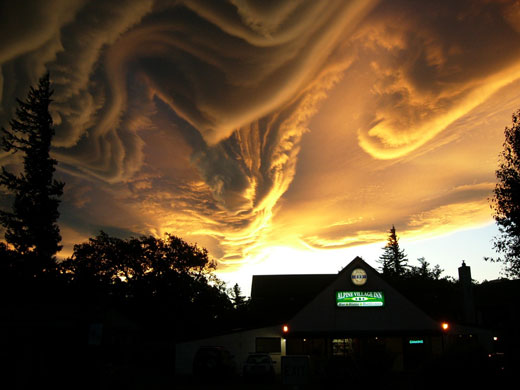New reports saying that nearly a third, 32% in fact, of all sharks, rays and skates are under the threat of extinction - and overfishing is to blame. The IUCN has released a list of 64 species which are under serious threat. The list includes Scalloped hammerhead (Sphyrna lewini), Striped Catfish (Pangasianodon hypophthalmus) and Silver shark (Balantiocheilos melanopterus).
Two of the most recognizable species of shark, the Scalloped Hammerhead and the Oceanic Whitetip (Carcharhinus longimanus) are under serious threat. It is thought that both species have declined by 99% in recent years - a shocking statistic.
Sharks do not have large litters of young and they are slow to mature, with some species taking decades to reach sexual maturity. Due to this, they need time to develop - something they are not getting due to fishing. For years, sharks were merely a bycatch; useless and insignificant, their reputations tarred by media hype. However in recent times they have become somewhat of a delicacy caught and used for shark-fin soup. As it is considered such an elegance by the rich, the soup has become more sought after and demand has sky rocketed.
The fear for the global shark populations is growing and more and more are understanding how much we need to save our sharks. Spread the message!
For more information and to help out, contact the Shark trust at
"Those who live by the sea can hardly form a single thought of which the sea would not be part." Hermann Broch
Tuesday, 30 June 2009
Saturday, 13 June 2009
What does the rain cloud wear under his rain coat?

Thunder wear!
So it seems that a new type of cloud has been discovered, for the first time since 1953. Named "Asperatus" after the Latin for 'rough', the clouds are thought to form in a similar way to storm clouds with a "choppy" effect, however a storm does not ensue.
The cloud was discovered by none other than Gavin Pretor-Pinney, founder of the fantastic Cloud Appreciation Society. Pretor-Pinney said he noticed the cloud when trying to identify clouids in photographs sent in by fans. Realising that some of these did not fit into existing categories, he figured there must be a whole new one.
Research by The Royal Meteorological Society is now underway to try and understand the cause of Asperatus clouds, and will be classified in the same manner all clouds are classified internationally: where they are formed atmospherically, their appearance, their shape and the amount of moisture they hold.
P.S, just a thought how it is interesting that this discovery just so happens to tie in with Pretor-Pinney's new book....
Subscribe to:
Posts (Atom)